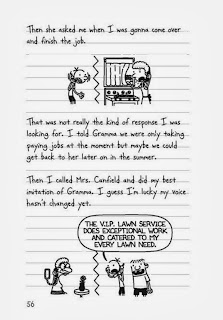How is language used to assert power?
The text is produced for local residents of Bishops Waltham with a duel purpose to primarily persuade the reader to write a letter campaigning against a new corporate construction, and a secondary purpose to inform the audience of the damage that the construction will create. The context of production gains influential power of the audience as the text has a professional formality, using planned and computer written speech, which asserts power as the reader knows that the producers are serious about the topic. The context of reception will be residents receiving the letters via their own homes or viewing it as a poster when they are walking past. The poster gains power over the audience through the reception because of the graphology it uses, including the bold red box and heart.The text is recently produced, suggested by the statements such as 'time's running out', 'today', 'time is short' and 'deadline' so asserts power over the reader because they may feel as if they are being pressured.
'You must', 'remember' and 'write now' are examples of modal verbs, used to gain authority over the targeted audience, residents of a local community. The obligatory words suggest no alternative choice for the reader and intimates the audience to feel as if their decision has a big effect on other factors. Bold font and colour is used to make these imperatives stand out and reinforce the importance of the audience obeying the text. Personal pronouns such as 'our' assert power because the audience feel connected to the producer, and the use of direct address such as 'you' makes the reader feel as if they are single out and an individual duty to obey the poster.
The graphology of the text exerts power because the bold slogan in black with white writing, red stand out boxes, bold highlighted text and heart image all assert power. the clock image creates an imagery to the audience of how they are being rushed, meaning the producer has influential power on the audience to take quick actions. The bold, highlighted text and stand out boxes attract the reader, also influencing them to read further into the letter.
The graphology of the text exerts power because the bold slogan in black with white writing, red stand out boxes, bold highlighted text and heart image all assert power. the clock image creates an imagery to the audience of how they are being rushed, meaning the producer has influential power on the audience to take quick actions. The bold, highlighted text and stand out boxes attract the reader, also influencing them to read further into the letter.












